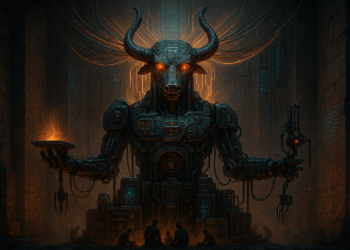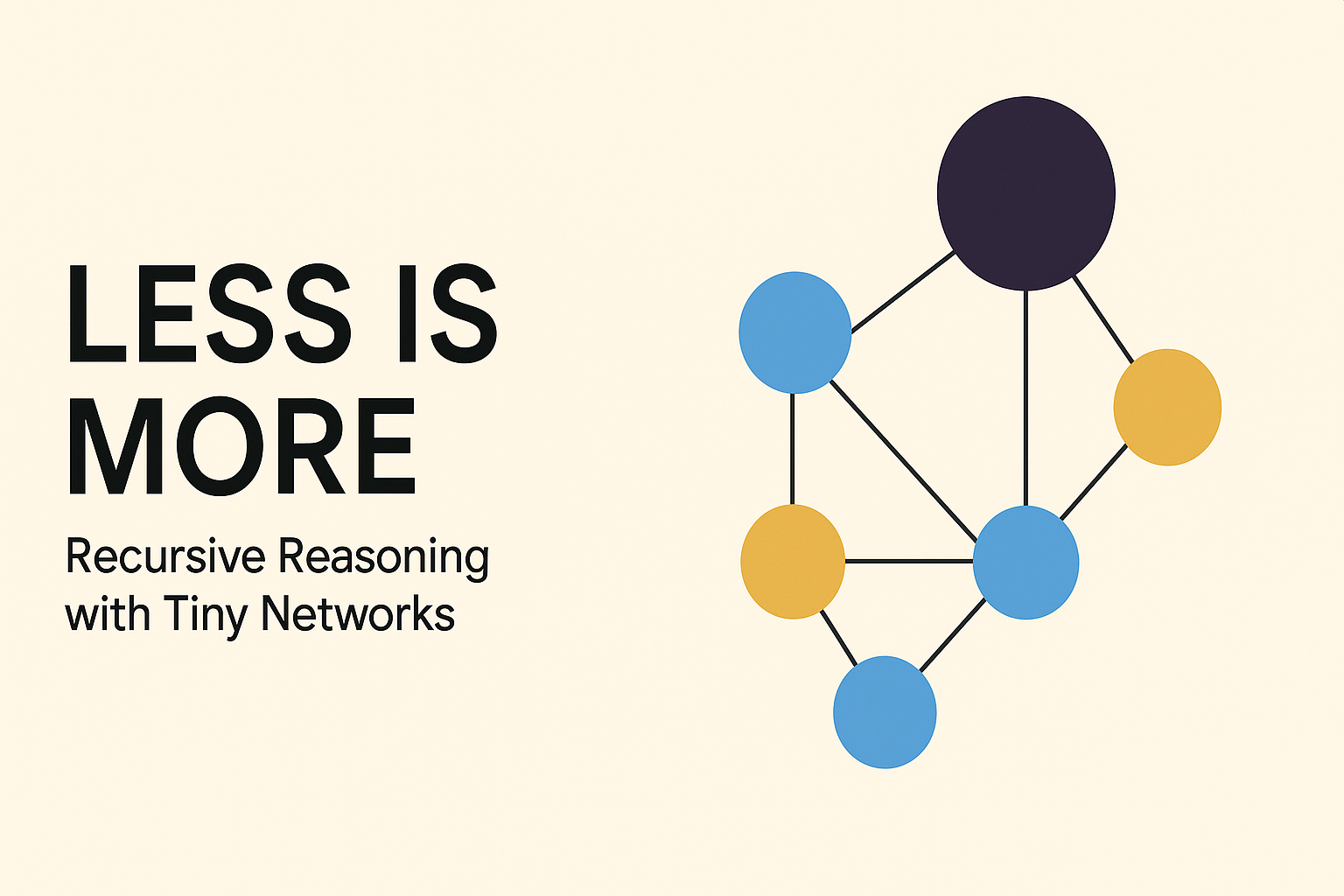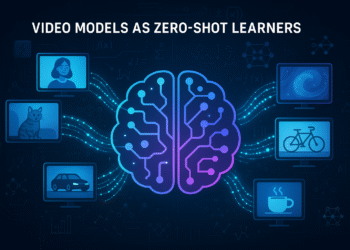I do not know about you, but my idea of artificial intelligence is just anchored on Hollywood movies, photo and video generating apps on social media and that humanoid robot whom they say, will someday help human beings in doing simple physical task. It was until last year when I was completely amazed of what Artificial Intelligence can do, how it can help us and how it can improve the quality lives we are living today.
Then curiosity hit me, I began to ask “What is artificial intelligence, how does is it work, and how close are we in achieving its perfection?” Days and months have past and I begun to become familiar in using different AI platforms, terminologies and all that cool stuff you’d probably encountered in the news, social media or wherever.
Today I’d like to share on this blog the things that I’ve learned about AI, in simple steps for everyone.
1. Introduction

Artificial Intelligence (AI) is everywhere. It’s in our phones, our homes, and our workplaces. News headlines often reference AI breakthroughs. Experts debate how machines learn to solve complex tasks. This rapid explosion of interest can feel overwhelming. Yet AI literacy isn’t reserved for people with advanced computer degrees. Anyone can become AI literate.
In simple terms, AI literacy means understanding what AI is, what it can do, and where its limitations lie. You don’t need to write code or build neural networks. Instead, you need a solid grasp of core concepts, practical applications, and responsible use. Think of it as learning a new language. You don’t have to become a poet in that language, but you should learn enough to hold conversations.
It’s normal to feel intimidated. AI is often wrapped in jargon. You’ll hear about machine learning, deep learning, data mining, and more. Magazines showcase stories of predictive algorithms that anticipate our actions. At times, this can even sound like science fiction. But AI is a powerful tool, and like any tool, understanding it is key to making it work for you.
In this guide, we’ll explore how non-technical individuals can build AI literacy. We’ll delve into foundational concepts, real-world examples, and ethical considerations. You’ll discover resources that explain AI in friendly terms. By the end, you’ll know the difference between hype and reality. Let’s begin by clarifying some basic definitions that will anchor your journey into this remarkable field.
2. Foundational Concepts
At its most basic, AI refers to machines or software that can perform tasks typically associated with human intelligence. Think of tasks like recognizing images, understanding speech, or making data-driven decisions. Many devices already do these things. For instance, your smartphone’s virtual assistant can interpret your voice commands. That’s AI at work.
Machine learning is a core part of modern AI. It allows programs to “learn” from data rather than follow explicit instructions. The system identifies patterns, then refines its output. If you’ve ever used a streaming service that recommends shows based on your history, that’s machine learning. Deep learning is a subset of machine learning using artificial neural networks that are loosely inspired by the human brain. These networks find intricate patterns, often in images or natural language.
Data is the fuel for AI. Without relevant, high-quality data, machine learning models become error-prone. This is why so many discussions about AI involve privacy and the management of large datasets. The phrase “garbage in, garbage out” holds true. If the input data is flawed, the AI’s predictions or decisions can also be flawed.
Another concept is “narrow AI” versus “general AI.” Narrow AI is specialized. It might excel at playing chess or detecting credit card fraud. Yet it can’t handle tasks beyond its niche. General AI would be a system that can learn any intellectual task a human can do. We aren’t there yet. Most AI systems today remain narrowly focused.
Understanding these basics will help you distinguish real AI capabilities from exaggerated claims. It’s a primer that sets the stage for deeper exploration. Next, we’ll take a quick look at how AI reached its current state.
3. The Rise of AI: A Brief History

AI’s journey began in the mid-20th century. Early pioneers like Alan Turing asked if machines could think. Researchers in the 1950s focused on symbolic AI, attempting to encode knowledge through logical rules. They had high hopes. Then came periods of slow progress, often called “AI winters,” due to limited computing power and expensive hardware.
In the late 1990s, AI made a splash when IBM’s Deep Blue defeated chess grandmaster Garry Kasparov. That showcased a tangible AI milestone. However, progress continued unevenly. Machine learning research gained momentum but required massive datasets. The internet’s growth began to supply abundant data. Meanwhile, processing power improved, and GPUs (graphics processing units) became instrumental in accelerating deep learning algorithms.
By the 2010s, breakthroughs in deep learning sparked renewed excitement. Systems started to outperform humans in tasks like image recognition. The 2012 ImageNet competition marked a turning point. Researchers, including Geoffrey Hinton, demonstrated that neural networks trained on large datasets excelled at classifying images. Tech giants, startups, and governments accelerated investments in AI research.
Today’s AI is fueled by data-driven methods. Innovations come swiftly. Chatbots can carry on convincing conversations. Self-driving cars roam test tracks. Speech recognition systems rival human accuracy. But it’s crucial to note these successes are still domain-specific. Real human-like general intelligence remains a distant goal.
This historical backdrop clarifies why AI has soared in relevance. Understanding the roots of AI reveals how it blossomed from abstract theory into everyday reality. Next, we’ll explore how AI touches your life right now, often without you even noticing it.
4. How AI Is Shaping Daily Life
AI isn’t just a futuristic dream. It’s already woven into daily routines. Open a photo gallery on your smartphone, and you’ll see faces grouped automatically. That’s AI-based facial recognition. Search engines like Google use machine learning to refine search results. They consider your past searches, location, and language preferences.
Online shopping platforms like Amazon or eBay offer product recommendations. If you bought a yoga mat, the site might suggest yoga blocks next time. This targeted approach isn’t random. The system ingests data about your habits and cross-references it with other users’ behaviors. The result is a personalized shopping experience.
Entertainment platforms also leverage AI. Netflix and Spotify rely on collaborative filtering algorithms. They try to predict what you’d enjoy based on others with similar tastes. That’s why your recommended playlists or movie suggestions can feel eerily spot-on.
Voice assistants have become second nature. Many people say “Hey Siri” or “Ok Google” multiple times a day. These natural language processing systems decode queries and dispatch relevant answers. Behind the scenes, they rely on large language models that improve over time.
Health and fitness apps monitor user data to offer tailored insights. They might suggest a daily step goal based on your previous week’s activity. Chatbots on websites answer customer questions at all hours. Banks employ AI to detect fraudulent transactions. AI even steps into art and design. Tools like DALL·E generate images from text prompts.
As AI intertwines with more devices, it’s essential to recognize what’s powering these interactions. When you see suggestions or targeted ads, know there’s an algorithm working behind the scenes. Next, we’ll decode the core terms that frequently appear in AI discussions.
5. Core AI Terminologies Explained

In any AI conversation, you’ll encounter a handful of terms. They might seem cryptic at first. Let’s unpack them:
- Algorithm: A set of rules or processes to perform tasks. Machine learning algorithms learn from examples rather than strict programming.
- Neural Network: Inspired by the human brain, it’s a series of layers full of “neurons.” These layers transform input data until the network outputs a prediction or classification.
- Training: The process of feeding data into a model so it can learn patterns. After training, the model should handle similar data with some level of accuracy.
- Overfitting: This happens when a model learns the training data too well and fails to generalize. It performs excellently on the training set but poorly on new, unseen data.
- Bias: AI models can inherit biases from unrepresentative data. For instance, if a hiring algorithm is trained mainly on male success stories, it might favor male applicants.
- Supervised Learning: A learning technique where labeled data is provided. The system knows the correct answers during training and aims to match them.
- Unsupervised Learning: Here, data lacks labels, so the system looks for hidden patterns or clusters.
- Reinforcement Learning: The model learns by trial and error. It receives rewards for correct actions, gradually refining its strategy.
Understanding these terminologies empowers you to converse about AI with clarity. Whether you’re reading articles or attending seminars, these words appear frequently. You’ll likely see them in reports from Stanford’s AI Index or overviews by OECD AI Policy Observatory.
With these key terms in mind, let’s pivot to something equally important: the ethical and societal considerations that come with AI’s rapid growth.
6. Ethical and Societal Dimensions
AI offers vast potential. Yet it also raises profound ethical concerns. For example, facial recognition systems might misidentify individuals with darker skin tones. Biases in data can lead to discriminatory outcomes. This is why organizations like the AI Now Institute advocate for transparency and accountability.
Privacy is another hot topic. Many AI applications rely on massive amounts of personal information. Social media platforms and search engines collect data to refine their algorithms. But questions remain: How secure is this data? Who gets access to it? Regulators, including the European Union, introduced laws like the General Data Protection Regulation (GDPR). These aim to protect user privacy and ensure data transparency.
There’s also concern about automated decision-making. AI-driven loan approvals, hiring processes, or healthcare diagnostics can streamline tasks. Yet errors or embedded biases can cause major harm. That’s why experts push for a “human in the loop” approach. A human review step can help catch mistakes before they escalate.
Automation’s impact on employment cannot be ignored. Some jobs will disappear or change drastically. Others will be created. Navigating this shift responsibly is a key policy issue. Upskilling and reskilling programs can help workers adapt. Government guidelines like the U.S. Blueprint for an AI Bill of Rights signal attempts to shape ethical frameworks.
In short, AI literacy includes awareness of these debates. It’s not just about technology. It’s about how technology molds society and vice versa. Next, we’ll explore how you can dive into AI learning, even with minimal technical background.
7. Hands-On Exploration: Tools and Techniques

You don’t have to be a programmer to interact with AI tools. Many platforms simplify the learning curve. For instance, Teachable Machine by Google lets you train basic models using images, sounds, or poses. You provide examples, and it builds a model on the fly. It’s intuitive, making it perfect for beginners.
Another accessible tool is IBM Watson. You can test Watson’s capabilities via demos, exploring text-to-speech, language translation, or sentiment analysis. The platform offers free tiers and tutorials. They break down tasks into easy steps. Similar resources come from Microsoft Azure Cognitive Services and Amazon AI services.
Even smartphone apps are educational. Some let you play with AI chatbots or experiment with image recognition. You might upload a photo of a flower and see what the system identifies. Coursera, edX, and Udemy host courses tailored for beginners. They often feature practical exercises, bridging the gap between theory and practice.
Many people learn by watching short videos. Educational channels on YouTube explain AI concepts graphically. They show how data moves through a neural network or how algorithms adjust based on feedback. Visual explanations often demystify complex ideas.
Participating in hackathons or local meetups fosters hands-on experience. You might team up with coders, designers, or data enthusiasts. The communal spirit can clarify technical terms. You’ll see how AI models are built from scratch. Workshops often use real-world datasets, addressing problems like classifying images or predicting trends. This practical exposure cements AI literacy.
Exploring these tools doesn’t require advanced math. Rather, it demands curiosity and a willingness to try. Next, we’ll discuss how AI is reshaping the workplace—and what you can do to stay relevant.
8. The Future of Work in an AI-Driven World
Jobs are changing fast. Automation replaces repetitive tasks, freeing human workers to focus on creativity, empathy, and strategic thinking. However, not every role transitions smoothly. Companies increasingly use AI to filter job applications, schedule shifts, or optimize logistics. Employees who adapt and learn new skills stand a better chance in this evolving landscape.
AI literacy can boost your employability. For example, a marketing professional who understands AI-powered analytics can craft data-driven campaigns. A teacher versed in AI tools can personalize lessons. Healthcare workers can use predictive models to identify early signs of patient deterioration. These are tangible examples of AI’s influence across sectors.
Soft skills matter, too. Humans excel at problem-solving, communication, and emotional intelligence. Machines don’t replicate these attributes fully. That’s why a collaborative approach is key. Workers who combine domain knowledge with AI insights can unlock greater productivity. They might oversee automated systems, ensuring they function ethically and efficiently.
Governments and organizations worldwide discuss the implications of AI on the job market. Some believe new job categories will arise, like AI model auditors or data privacy consultants. Others worry about displacements in manufacturing or customer service. Lifelong learning becomes critical. Updating your skill set periodically ensures you remain relevant.
Fortunately, numerous workshops and courses focus on non-technical audiences. They highlight how AI tools can streamline tasks. They also prepare people for ethical dilemmas, like addressing bias in automated processes. As AI continues to integrate into workflows, being literate in its fundamentals becomes a career advantage. Next, let’s outline a step-by-step method for building your AI literacy in a structured manner.
9. Building Your AI Literacy Step by Step
- Set Clear Goals
Before diving in, decide why you want to learn about AI. Are you curious about how social media algorithms work? Do you want to explore AI’s impact on education? Your motivation guides the learning process. - Consume Beginner-Friendly Content
Start with free resources. Websites like OpenAI’s Blog or DeepMind’s Publications offer insights into cutting-edge research. Yet, if that’s too technical, explore simpler tutorials and videos that explain AI basics. - Practice with Simple Tools
Tools like Teachable Machine or IBM Watson demos let you experiment without coding. Upload a few examples, tweak settings, and see how the model reacts. This hands-on approach cements your understanding. - Read Case Studies
Industry case studies illustrate how AI is used in healthcare, finance, retail, and more. Seeing real-life success stories (and failures) helps you appreciate AI’s real-world constraints. - Discuss and Share
Join AI-focused forums or local meetups. Engage with others who have varying expertise levels. Explaining concepts to someone else improves your own comprehension. - Stay Current
AI evolves quickly. Follow reputable sources like MIT Technology Review or Nature Machine Intelligence for news and breakthroughs. Subscribe to newsletters or podcasts for regular updates. - Reflect on Ethics
As you learn, consider ethical implications. Think about data privacy, transparency, and fairness. Understanding these aspects shapes responsible engagement with AI.
By following these steps, you incrementally build an AI mindset. It’s not about memorizing formulas. Rather, it’s about seeing possibilities and limitations. This balanced view keeps you informed, not overwhelmed. In the next section, we’ll address common pitfalls and misconceptions that newcomers often face.
10. Conclusion

AI is the future!
AI is neither magic nor mere hype. It’s a transformative technology that challenges how we live, learn, and work. Becoming AI literate doesn’t require you to become a software engineer. Instead, it entails developing an informed curiosity about algorithms, data, and their societal impact.
In your daily life, AI might appear in subtle ways. Perhaps it’s a chatbot answering your insurance questions at midnight. Maybe it’s a video platform recommending new content that aligns with your tastes. Understanding these interactions isn’t just interesting. It helps you make more conscious decisions about privacy, usage, and trust.
Final Thoughts
The path to AI literacy can be enjoyable. You can start small, experimenting with user-friendly tools. You can read diverse perspectives, from tech leaders to policy experts. Engage in discussions that challenge your thinking. Evaluate claims critically. When you see headlines promising “superhuman AI,” question the details. Look at the data, the context, and the real results.
Keep ethics at the forefront. As AI systems become more embedded in healthcare, education, and governance, the stakes rise. Non-technical voices matter in these debates. Whether you’re a concerned parent, a civic volunteer, or a professional adapting to new tools, your understanding of AI shapes its responsible deployment.
Lastly if you are looking for an AI reference that features AI platforms and everything new, cool and affordable you can check out kingy.ai and it’s YouTube Channel for your dose of AI news, blogs and videos.
Below are reputable sources and resources for further learning. Each offers up-to-date information on AI research, policy, and applications:
- Stanford’s AI Index
Annual report tracking global AI data, including research, hiring, and investment trends. - OECD AI Policy Observatory
Insights on AI-related policies, trends, and country-level actions. - AI Now Institute
Research organization examining the social implications of AI. - MIT Technology Review
Articles covering the latest breakthroughs and ethical debates in AI. - Nature Machine Intelligence
Peer-reviewed journal with cutting-edge AI research. - OpenAI Blog
Updates on AI model releases, studies, and best practices. - DeepMind Publications
Papers on various AI innovations, including reinforcement learning. - IBM Watson
AI-based tools and demos for practical exploration.










